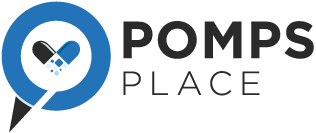Understanding Progressive Overload
Progressive overload is the cornerstone of any successful bodybuilding regimen. The principle is straightforward: to stimulate muscle growth, you must gradually increase the stress placed on your muscles. This concept is not new; it has been a fundamental aspect of strength training for decades, if not centuries.
The Concept of Progressive Overload
At its core, progressive overload involves increasing the weight, repetitions, or intensity of your workouts over time. This continuous challenge forces your muscles to adapt, grow stronger, and increase in size. There are several ways to apply progressive overload:
- Increasing the weight: Adding more weight to the barbell or dumbbells.
- Increasing the reps: Doing more repetitions with the same weight.
- Increasing the volume: Adding more sets to your workout.
- Increasing the intensity: Reducing rest time between sets or increasing the speed of your lifts.
The Science Behind Progressive Overload
Muscles grow as a response to stress. When you lift weights, you create micro-tears in your muscle fibers. The body repairs these tears by fusing muscle fibers together, increasing the mass and strength of the muscles. Progressive overload ensures that muscles are consistently challenged, preventing plateaus and encouraging continuous growth.
Maintaining Proper Form
One crucial aspect often overlooked in the pursuit of progressive overload is the importance of maintaining proper form. Simply moving more weight does not necessarily equate to strength gains. Improper form, such as bouncing the weight, using momentum, or engaging non-target muscles, can lead to injury and reduced effectiveness of the exercise.
To truly benefit from progressive overload, it is essential to:
- Stick to the exact same form: Consistency in form ensures that the target muscles are being properly worked.
- Control the weight: Slow, controlled movements are more effective than fast, jerky ones.
- Avoid using momentum: Momentum reduces the workload on the muscles and increases the risk of injury.
- Focus on the target muscles: Engaging the correct muscles is key to effective training.
When Progressive Overload Reaches Its Limit
As effective as progressive overload is, it is not a limitless approach. For beginners and intermediate lifters, increasing weights and reps leads to significant gains. However, as one progresses to an advanced level, the body’s ability to continually lift heavier weights diminishes. This is due to several factors, including the risk of injury, the limitations of the body’s natural strength capacity, and the law of diminishing returns.
At this stage, simply adding more weight may not be feasible or safe. This is where advanced training techniques come into play, ensuring continued muscle growth even when progressive overload has reached its practical limits.
Advanced Techniques for Continued Muscle Growth
1. Drop Sets:
Drop sets involve performing a set to failure with a particular weight, then immediately reducing the weight and continuing to lift until failure again. This technique keeps the muscle under tension for a longer period, promoting hypertrophy.
2. Rest-Pause Sets:
Rest-pause sets involve lifting to failure, taking a short rest (usually 10-20 seconds), and then continuing to lift until failure again. This method allows you to push beyond traditional failure points, increasing muscle recruitment.
3. Myo-Reps:
Myo-reps are similar to rest-pause sets but involve multiple mini-sets after the initial failure point. For example, after reaching failure, you take a brief rest and then perform several mini-sets of 2-3 reps with short rests in between. This technique maximizes muscle activation and time under tension.
4. Eccentric Overloads:
Eccentric overload focuses on the lowering phase of a lift, where the muscle lengthens under tension. This phase is often more taxing and effective for muscle growth. Techniques like slow negatives or using a heavier weight for the eccentric phase can stimulate significant muscle gains.
Why Advanced Lifters Might Get Weaker but Look Bigger
It’s not uncommon for advanced bodybuilders to experience a paradox where they appear more muscular but may lift less weight than before. Several factors contribute to this phenomenon:
- Focus on Muscle Quality Over Quantity: Advanced lifters often shift their focus from lifting maximal weights to improving muscle quality and definition. Techniques like drop sets and eccentric overloads create a different type of muscular stress that enhances muscle density and aesthetics without necessarily increasing strength.
- Prevention of Injuries: Lifting maximal weights continuously can lead to injuries. Advanced lifters prioritize longevity and health, often reducing the weights to maintain form and prevent injuries while still achieving muscle growth through other techniques.
- Neuromuscular Adaptations: As lifters become more experienced, their muscles become more efficient at recruiting fibers. This means they can achieve significant hypertrophy without needing to lift as heavy as they once did.
Conclusion
Progressive overload is an essential principle for muscle growth, particularly effective for beginners and intermediates. However, as lifters advance, alternative techniques become necessary to continue stimulating muscle growth without risking injury or overtraining. Techniques like drop sets, rest-pause sets, myo-reps, and eccentric overloads provide the needed stimulus for advanced lifters to keep growing and improving. Understanding and incorporating these methods can help bodybuilders achieve their ultimate physique goals, even when lifting maximal weights is no longer the primary focus. Always remember, proper form is paramount to ensure that the benefits of your training are maximized and injuries are minimized.

